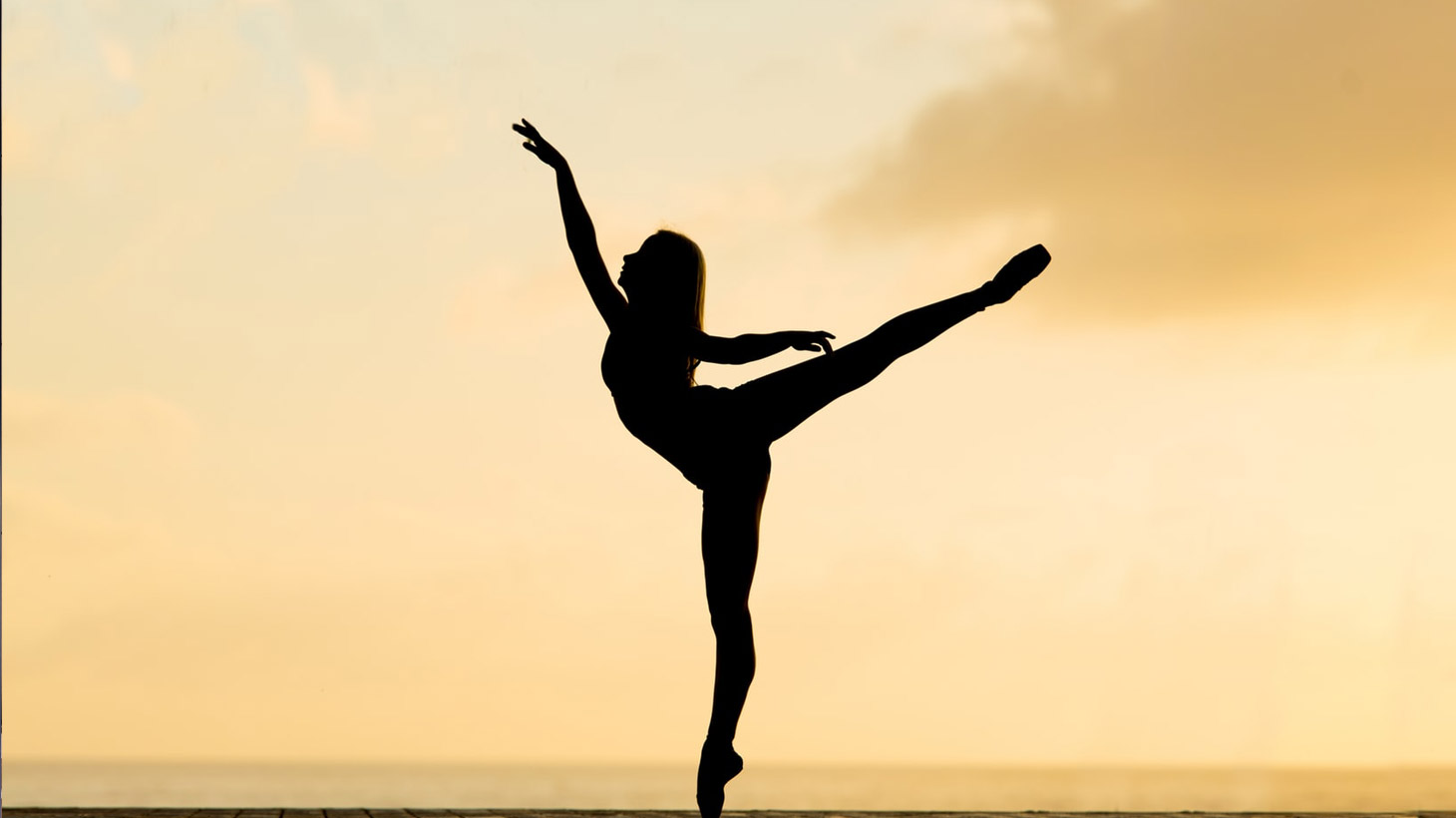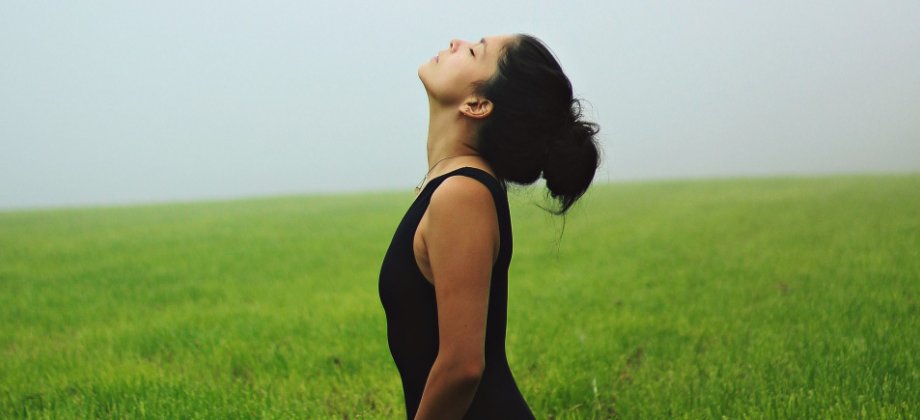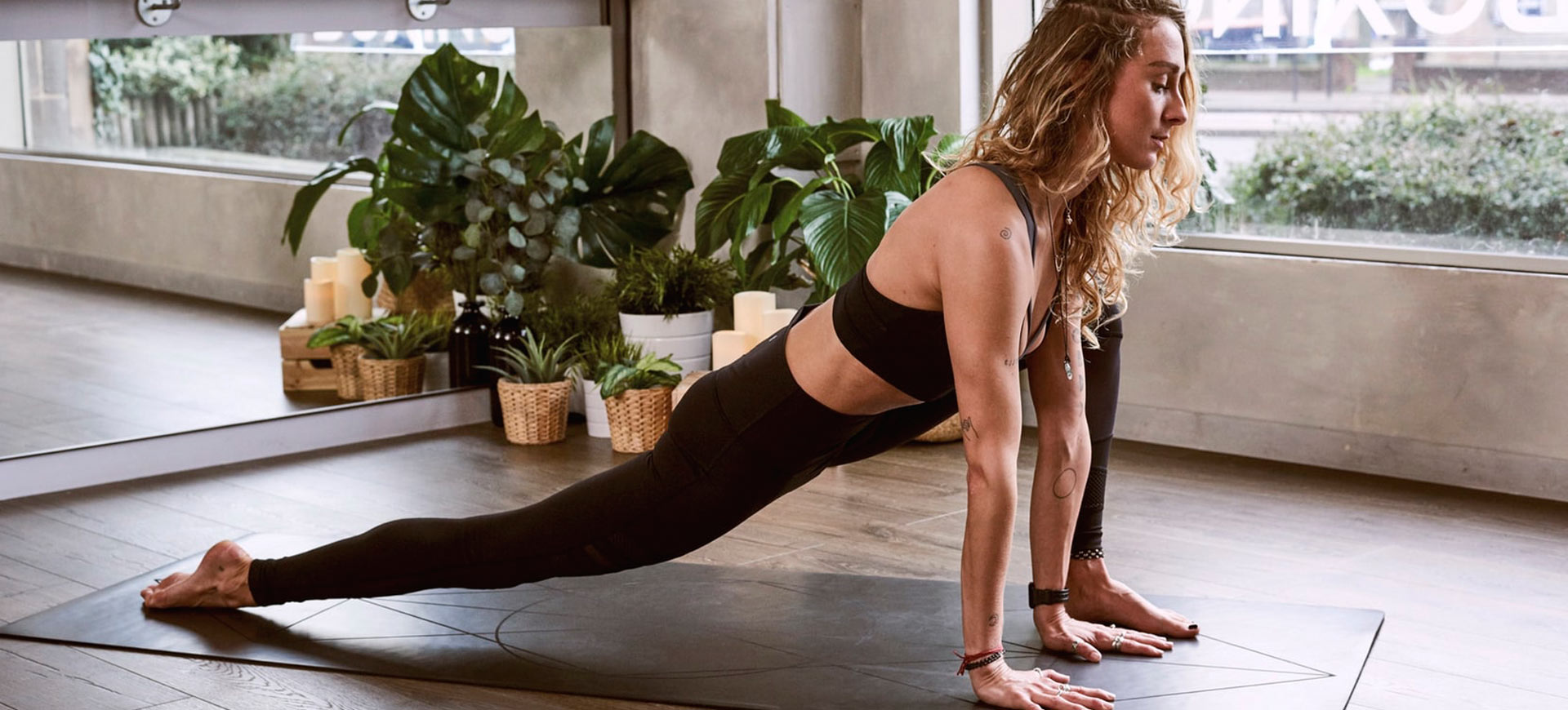
Break the Yoga Mould With Teaching Techniques From Other Wellness Activities
I think we’ve all been there. We prepare for class by making a sequence. Maybe we have our set of 8-10 go-to yoga classes that we have memorized by heart, maybe we use a sequence builder online, or maybe we have our heads buried in books. The point creating a flow is the most important part of our job. Having to do it daily or even multiple times during the day is taxing on our minds and body. Sometimes, we run out of ideas. I know I have.
Yoga is one of the best forms of wellness activities available today but it’s not the only one.
I teach Vinyasa to seniors. So we can’t really progress to handstands, wheel pose, or even some single leg balances. So I always have to find creative, safe, and fun poses for us to try. We go against the wall, we use props etc. About a year ago, I hit a creativity block. I wasn’t receptive to ideas within the yoga spectrum. To remedy this, I scoured the internet for ideas and came up with a fusion of teaching concepts that I now apply to my classes. Most of them have little or nothing to do with yoga. Some movements became my vinyasas, ballet props were used for my restorative flexibility class, etc. which is what we’ll talk about today.
How can other activities inspire you as a yoga teacher?
Below are the different disciplines in fitness that have helped me create new sequences that my students of all ages could enjoy.
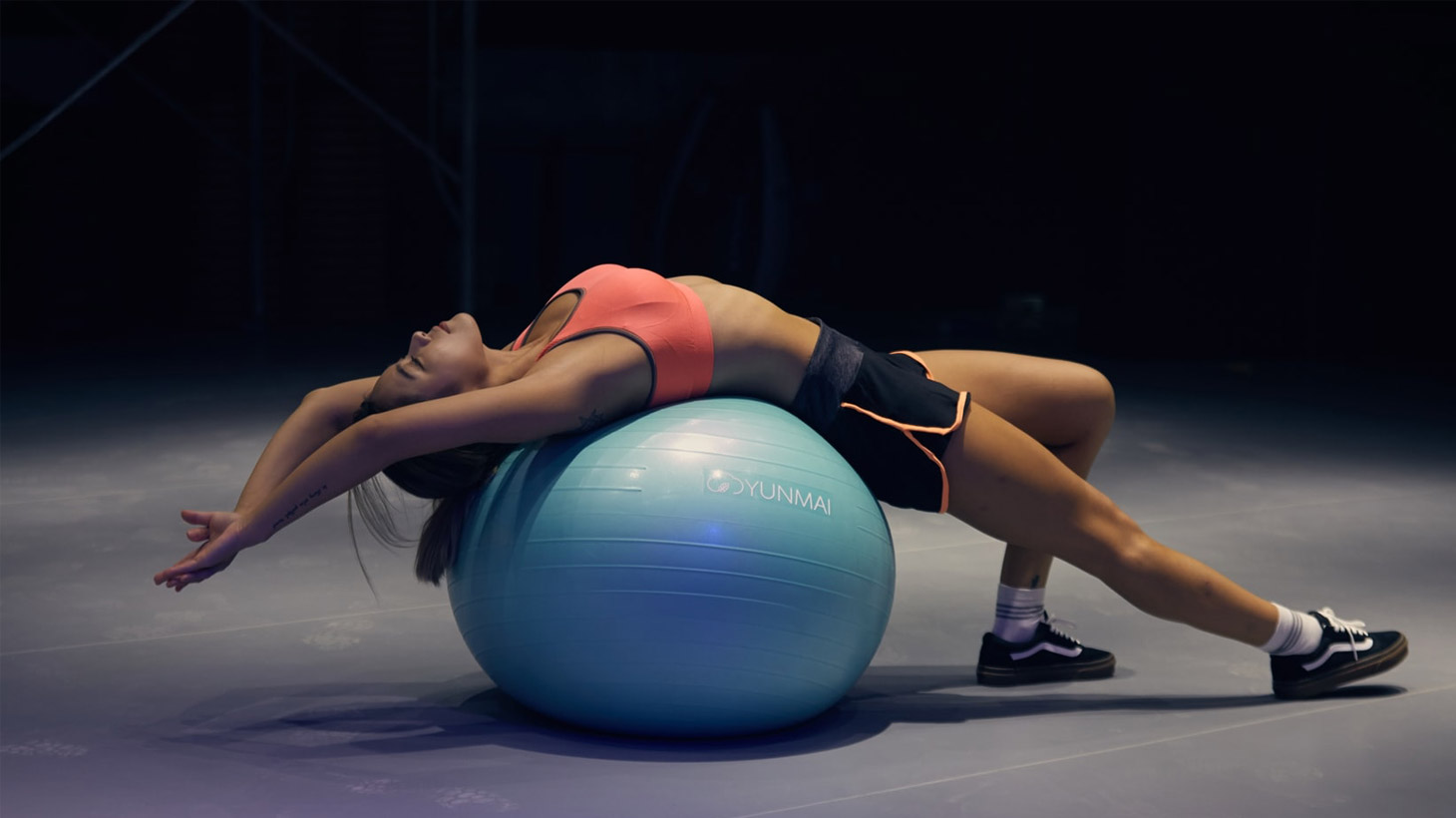
Functional Training
Functional Training teaches us that if you move better, everything will follow. A concept I introduce to new students. We focus on gaining mobility by building strength first, followed by a restorative practice with flexibility training. Functional training understands working the posterior and anterior chain better than other forms of fitness training. They understand which muscles need to be strengthened to avoid a chain reaction of injuries over time. Being conscious of these risk factors enables us as teachers to impart classes that improve activities of daily life. A goal almost all our students have in mind.
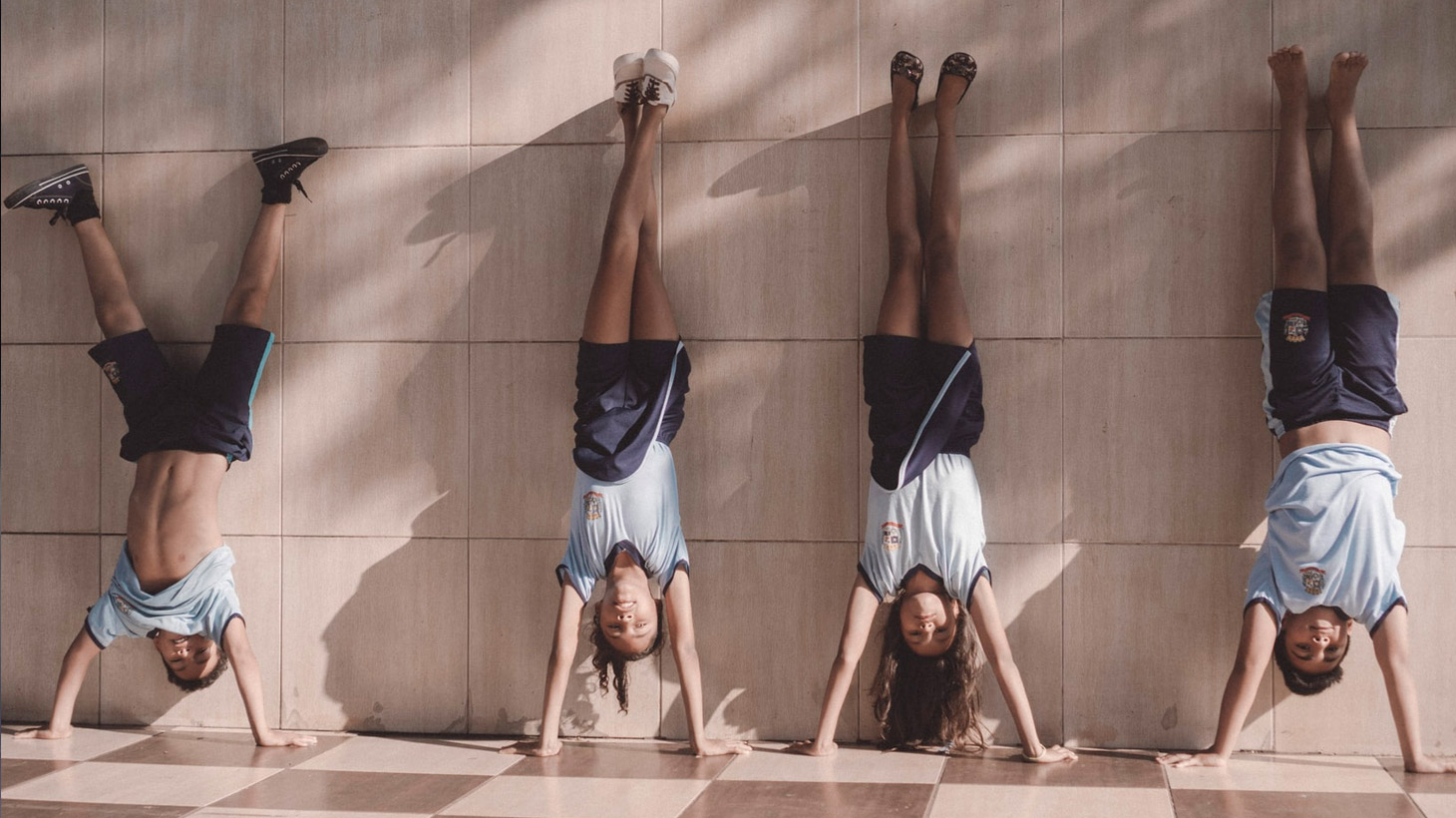
Gymnastics
If you like inversion training in your practice then look into gymnastics for ‘fitspiration’. My own practice has led me to inversion training, The thing is, in my advanced yoga classes, some cues fell short on the handstand. So I took a different approach on my training. I went to a gymnastics class. I didn’t realize how much preparation your hands and wrists need to be able to perfect your handstand more importantly that your balance is dependent only 3 fingers. You cannot imagine how grateful I was to have attended. If you want to include a handstand practice to your classes or workshops, taking notes from gymnasts and coaches might just be the secret oomph you need to lead your students.
Ballet
Ballet and Calisthenics are the foundation of all physical disciplines. Forget the torturous ways to point your feet or the movies that show the ugly side of a beautiful art. If you apply some ballet concepts to your yoga practice, your students will reach their posture goals a lot faster. Ballet also provides us with new props to add for flexibility poses. Like using resistance bands to go deeper into our stretches. Perhaps the most useful concept to take away is seeing your body as an elegant line. This determines your stance and how to float from one step to the other. To create this, you have to pull your body up by engaging your core with shoulders rolled outward. Stand tall at first position. Doesn’t this sound like Tadasana or Mula bandha to you? When you think of your body as a being in flow, you learn to move with intent which transcends to moving meditation.
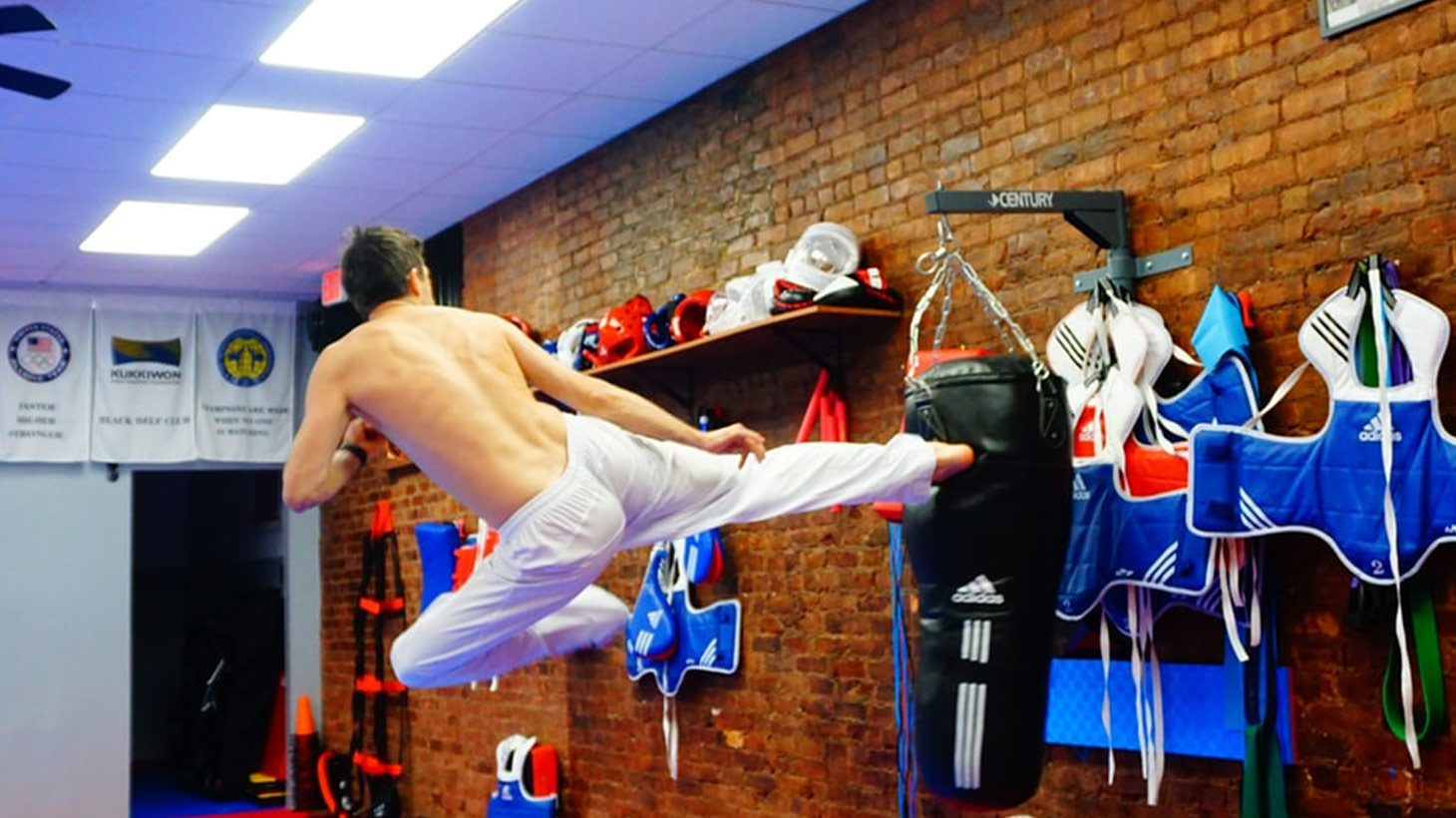
Martial Arts
Yoga practices like Budokon or Yoga teachers like Duncan Wong have created bridges to unite these 2 disciplines. According to Yoga Journal, Both yoga and martial arts are modes of self-healing that aim to dissolve stress and increase awareness. Both practices strive to awaken energy, or chi, within the body. Like yogis, martial arts practitioners learn how not to think, how to go beyond thinking to samadhi, a state of meditative union with the Absolute. That said, If you need to reinforce the meditative side of yoga, the lesson of being in the present moment, or creating a martial arts inspired sequence, looking into combative disciplines like aikido or capoeira may just be the new perspective you’re looking for when it comes to your classes.
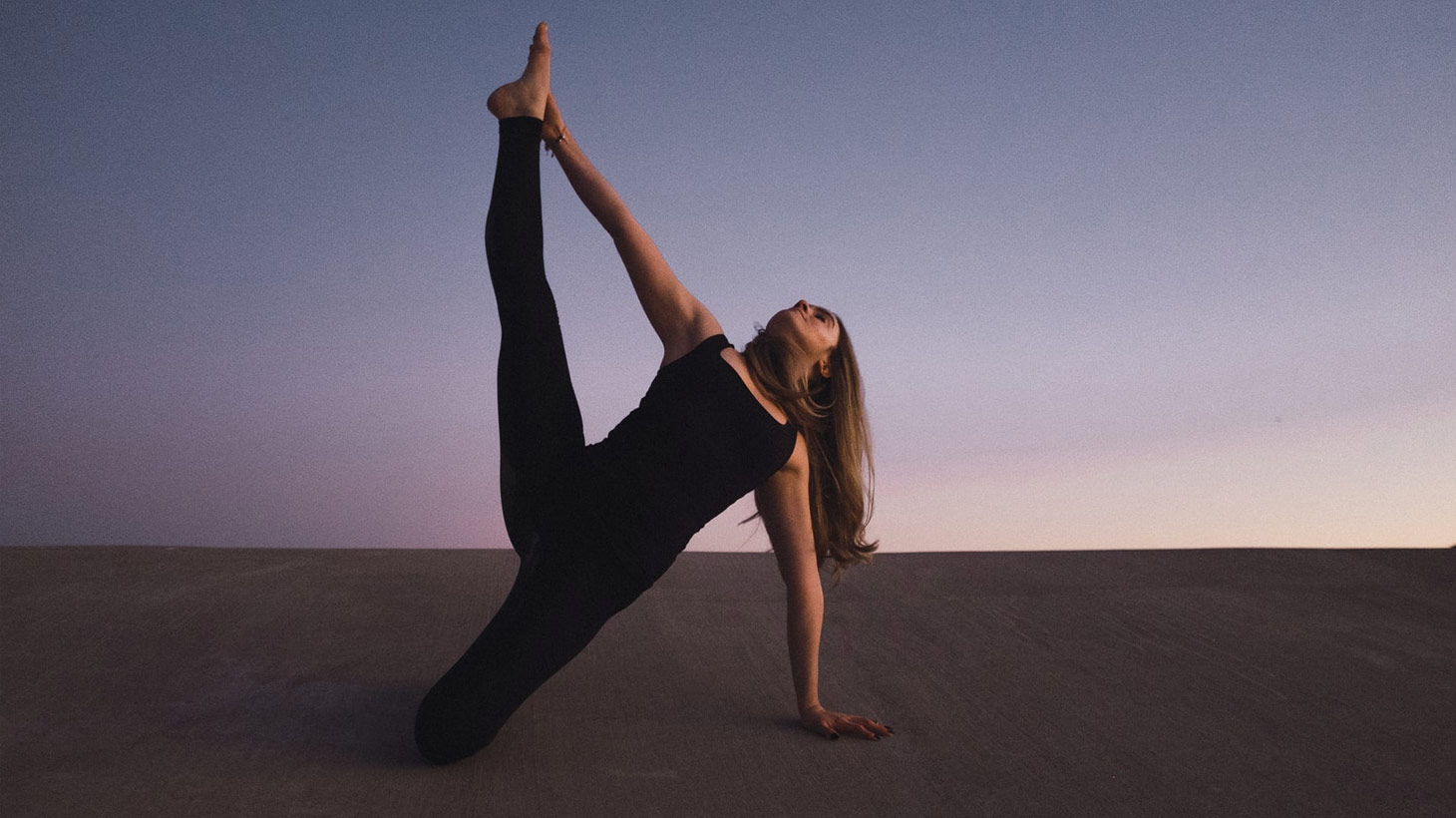
Dance
Dance is rigorous. Not at all like the pace of a yoga asana practice. Yet the mobility and core strength from their preparatory workout is something I incorporate my classes as most teachers do. Body rolls, kick-backs from knee-to-chest, yogic bicycles are all part of a dancer’s workout. Now they have been translated to our part of the pond. Why does it work? Taking inspiration from dance enriches our practice because of the exploratory take this art form has on movement. The best way to find something new is to move your body. You don’t have to be a professional dancer to make this work for you as a yoga teacher. Move to make those connections.
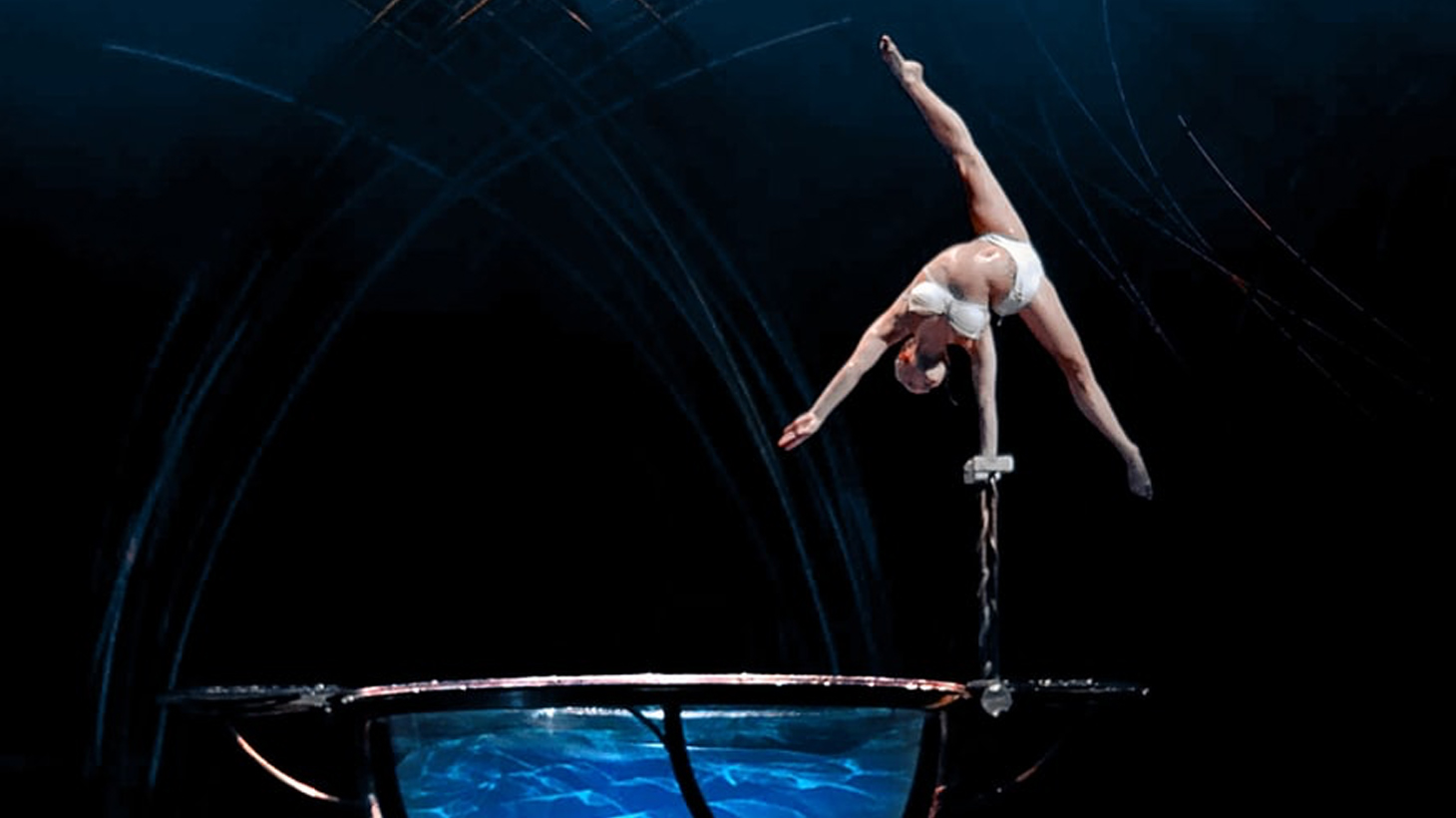
Circus arts
Circus arts and yoga have always been closely related especially as you and your students enter a more advanced practice. It is also the best teacher for body awareness and wrist care. Circus training prepares your mind and body to pinpoint which part of your body to activate, the pair of body parts that need to work together or the angle you need to position yourself to safely execute your choreography. Sounds like dance but with one difference–you need to do it as slowly as possible so that spectators can process the feat you’ve achieved. In yoga, the physicality is alike but our intent moves inward “performing” for ourselves. Applying this to your practice or your teaching means that you can cue your students much more effectively by stating the exact muscle to use, how to use it, most importantly how to hold it. As for wrist care, Acrobats know a myriad of stretches and warm-ups to prevent nerve impingement, straining and over stretching the small muscles that carry heavy loads.
It’s up to us teachers to help it along when we’re open to new possibilities.
Let’s put this all in a nutshell, shall we? Functional training teaches us about gaining mobility to improve our daily lives. Gymnastics let’s us advance into handstands with detailed cues on how to find the balance in our hands. Ballet makes us envision our bodies as a line to maintain thereby permitting us to move with intent. Martial arts can help us find our center in our bodies as well as our minds. Dance encourages us to explore our own movement until we make that mind-body connection. Finally, Circus arts teaches us work even the smallest muscles to reach full potential.
Yoga can always evolve for the better.
Yoga is one of the best forms of wellness activities available today but it’s not the only one. Yoga can always evolve for the better. It’s up to us teachers to help it along when we’re open to new possibilities. It’s up to our willingness to create new things that give rise to our industry, professional and name. I hope that this article served you well, maybe it helps you think outside the box, or get out of a mental block that you were struggling with. Whatever it is–thank you for making this article a small part of your journey.
